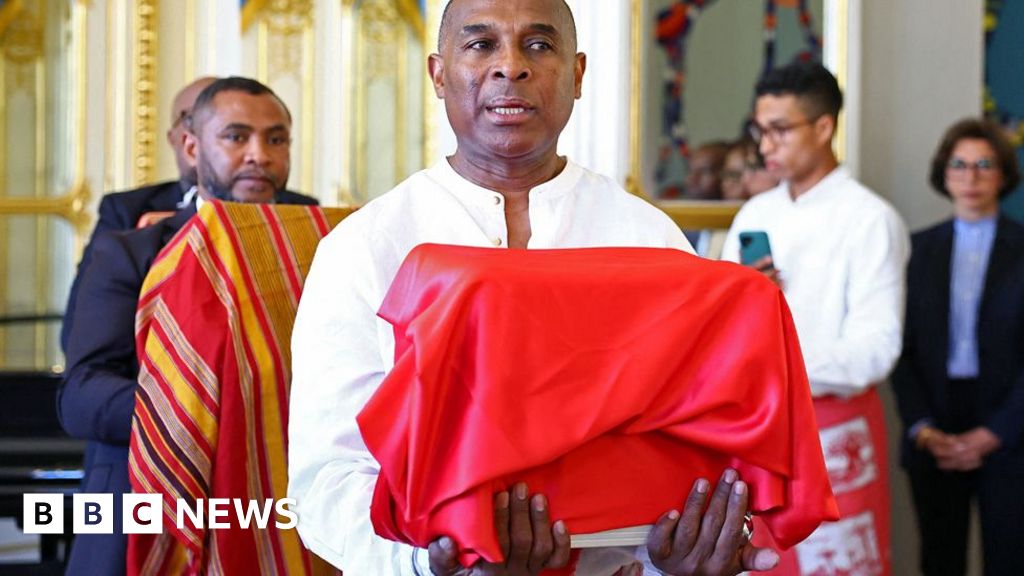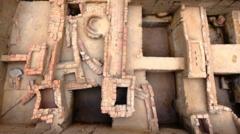A groundbreaking study utilizing DNA analysis from a 4,500-year-old skeleton in the Nile Valley has unveiled significant insights into the ancient relationships between Egyptian and Mesopotamian civilizations. The remains belonged to a man believed to have lived during a pivotal time in history, genetically revealing that approximately 20% of his DNA could be traced back to ancestors from 1,500km away in modern-day Iraq.
The findings mark the first biological evidence of direct links between the two civilizations, suggesting that the influence of Mesopotamia played a crucial role in Egypt’s transition from disparate farming communities to a centralized, powerful civilization. This research was led by Prof Pontus Skoglund at the Francis Crick Institute in London, who stated that such DNA analysis could transform historical narratives, allowing historians to incorporate the experiences of everyday individuals rather than solely relying on accounts from the elite.
The bone analyzed was retrieved from the inner ear of a skeleton discovered in 1902 near Nuwayrat, approximately 265km south of Cairo. Dating suggests the individual lived between 4,500 and 4,800 years ago, a crucial period for both Egypt and Mesopotamia, just as agriculture and written language began to emerge. While previous archaeological studies indicated potential contact between the two regions as early as 10,000 years ago, this is the first to offer clear evidence of migration and the exchange of ideas.
Adeline Morez Jacobs, involved in the DNA analysis as part of her PhD research, highlighted the importance of these findings in demonstrating tangible interactions between the two civilizations. She expressed hope for additional DNA samples from ancient Egypt to further clarify the timeline and extent of these historical exchanges.
The individual, buried in a ceramic pot before the common practice of artificial mummification, was meticulously analyzed to gather insights into his life. The structure of his skeleton indicated he was between 45 and 65 years old and likely made his living as a potter. Evidence of wear from his occupation was evident in the bones of his arms and back, providing a portrait of an industrious life.
The research team, including Prof Joel Irish, focused on personalizing the historical figure through detailed skeletal analysis. Their findings reveal that he stood just over 5 feet 2 inches tall, an indication of a physically demanding life marked by extensive manual labor and potentially harsh working conditions.
This study not only uncovers a connection between ancient peoples but also reinforces the relevance of multidisciplinary approaches in archaeology, intertwining genetics with historical and cultural narratives. As technological advances continue to unveil the complexities of our past, researchers emphasize the potential for DNA to illuminate the social dynamics that shaped early civilizations.
The findings were detailed in the journal Nature, paving the way for future explorations into the genetic legacies that have shaped our understanding of human history.




















